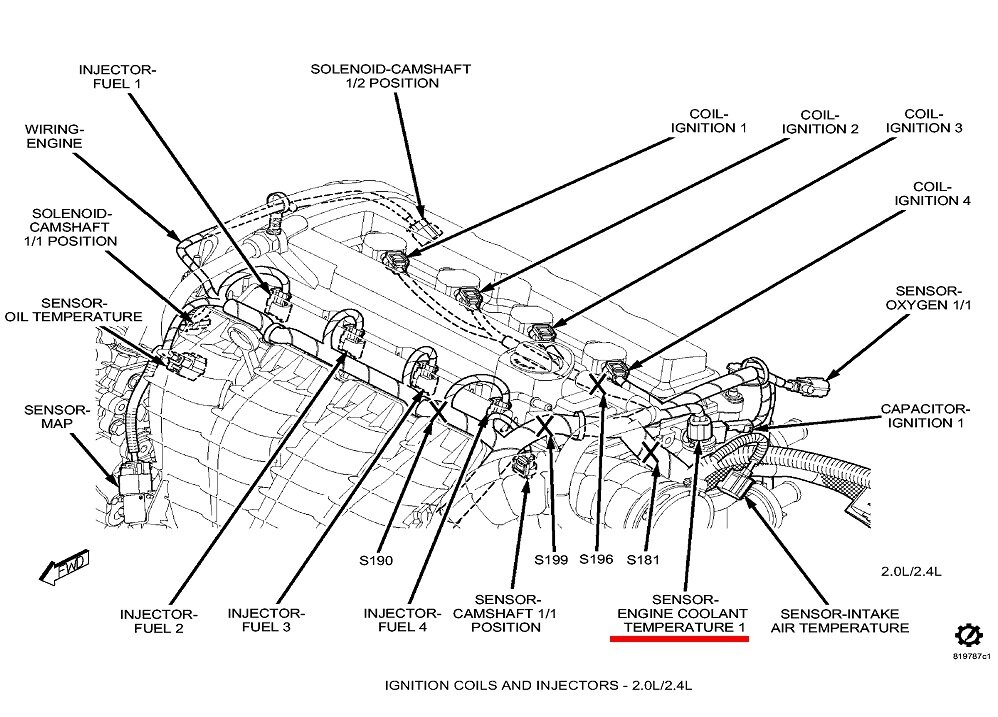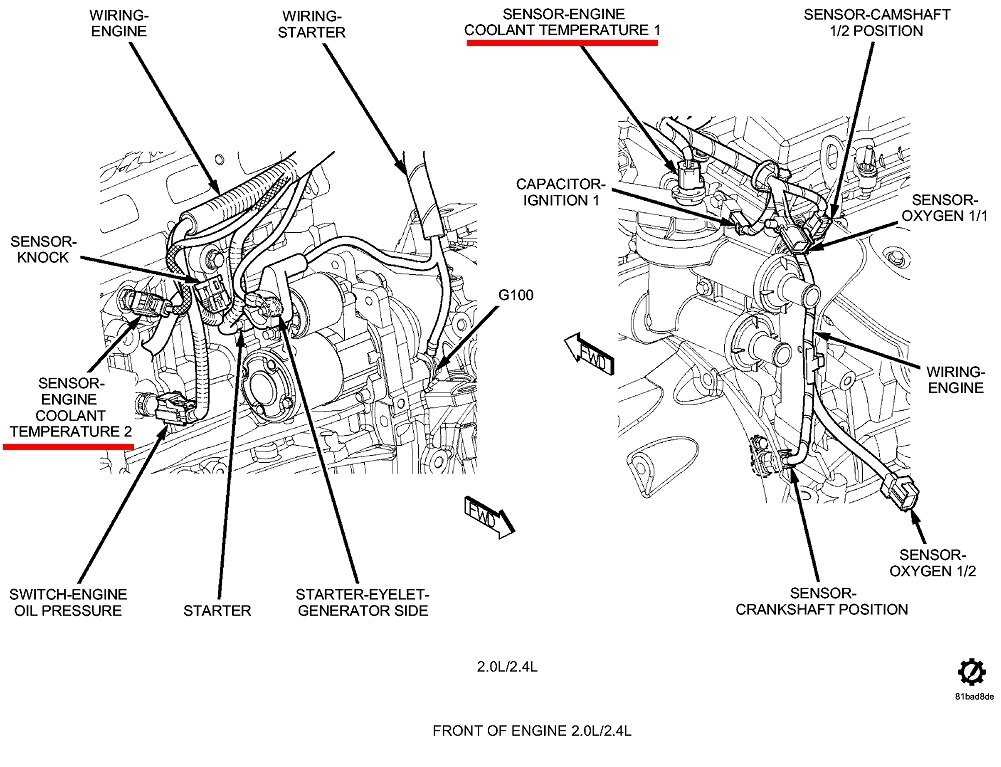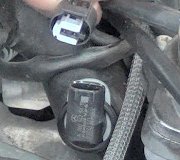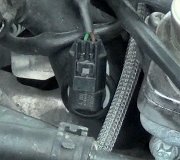This isn't a problem with the water pump. You said you've been having to add coolant to keep the system full. That tells us the level is dropping in the engine, including in the heater core. When that level gets low enough, the water pump is trying to pump air. It can't circulate liquid when there isn't any liquid inside to pump.
When there's no circulation, no hot liquid is flowing through the heater core. That's why the air temperature from the ducts drops. Depending on the design of the entire system, that flow through the heater core might stop first while a little coolant is still getting pushed through the radiator, or it could be the opposite and flow through the radiator stops first. When that happens and there's still a little flow through the heater core, it can act like a small radiator to help keep the engine temperature from getting too high, for a little while.
When the coolant level is just on the edge of being too low, the water pump might still be able to circulate a little coolant when its speed increases. It will be more likely to run hot at lower speeds, such as during city driving.
It doesn't matter whether you lose the heat from the heater first or the engine temperature rises first, it's the loss of coolant that must be addressed. If you don't see any wetness on the engine, check for a puddle on the ground under the engine where you've been parked. If there's no evidence of an external leak, the cylinder head gasket is by far the most common suspect.
Another good suspect, but for an external leak, is the heater core itself. If your car has air conditioning, there will be a water condensate drain pan in the dash, with a drain tube under the hood, on the firewall, near the passenger side. It is normal and necessary for water to drip from that drain tube when using the air conditioning. The liquid will be clear.
If the heater core develops a leak, the coolant will drip into that same drain pan, then onto the ground close to the right front wheel, or right under where the front passenger's feet will be. Leaking heater cores and radiators are more common when the coolant hasn't been replaced periodically. Antifreeze is alcohol which never changes, but it's the additives in it, like corrosion inhibitors and water pump lubricant, that wear out in about two years. It's necessary to replace the coolant to replenish the additives in the system. If the heater core is leaking, the puddle will be the color of your coolant, typically green, or possibly red.
Related to the drain pan, it's not uncommon for the drain tube to become blocked with leaves or other debris. When that happens, once the water level builds up high enough, typically less than an inch, it overflows the drain pan onto the front floor. It can also cause a sloshing sound under the dash. Those wet floor complaints start showing up in hot weather when the AC systems are in use. If a heater core is leaking, and that drain tube is blocked, you'll see wetness any time of year on the right front floor.
Saturday, January 21st, 2023 AT 11:44 AM




